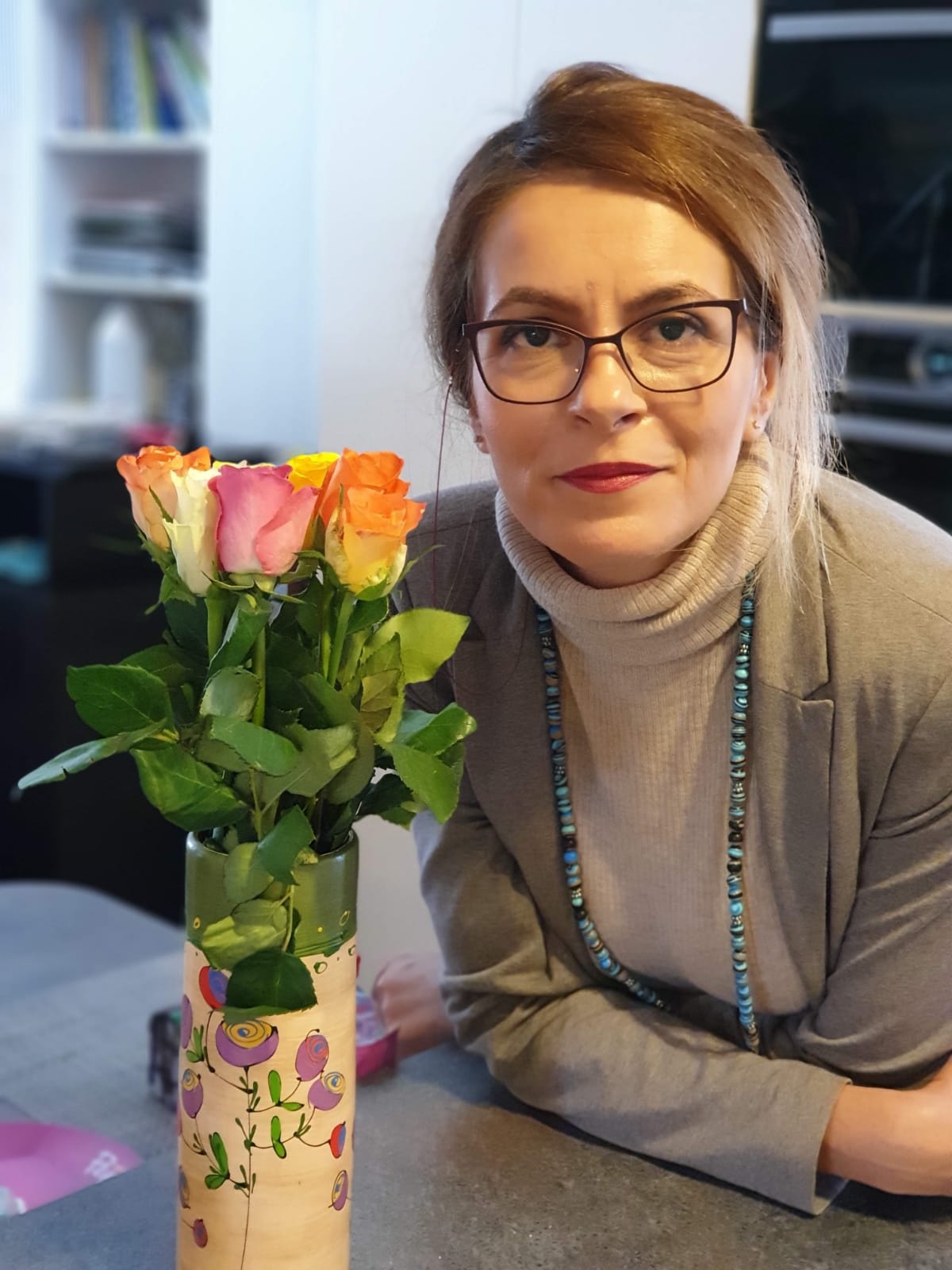English version

Hello, and welcome to my virtual practice!
ANA STEFNESCU (MBA)
GENERALIST PHYSIOTHERAPIST
I'm Ana (or Anca, as many patients call me), a physiotherapist since 2000 and a graduate of ANEFS's Faculty of Physical Therapy.
I also hold an MBA in Health Services Management from the Bucharest Academy of Economic Studies, and in recent years I've earned several internationally recognized specializations:
-
Accredited Vojta Therapist
-
RPG Therapist – Global Postural Reeducation
-
Schroth Therapist – 3D Scoliosis Therapy
These certifications allow me to design and adapt rehabilitation strategies from multiple perspectives, tailoring each program to the patient's unique needs.
I'm cheerful, optimistic, and creative, and I love inspiring people to feel good and enjoy life.
Here in my virtual space, I focus on what I love most: helping each patient recover and regain mobility through personalized one-on-one sessions.
With empathy and dedication, I look forward to meeting you.
Warm regards,
Ana

Virtual healthcare has grown worldwide in recent years, driven by the pandemic
Communication technology allows medical specialists to share their expertise. How does distance physiotherapy work?
Remote physical therapy is as effective as in-person sessions, with patients achieving excellent results under live therapist guidance. While manual techniques aren't possible online, therapists ensure correct movement, proper muscle and joint engagement, and adherence to personalized treatment plans. Patients need only an internet-connected device, a suitable camera angle, and enough space to exercise. Sessions include verbal or visual guidance, sometimes using household items for balance and mobility work
What are the benefits of internet-based physical therapy?
Increased Independence
Patients learn to manage symptoms and perform exercises correctly without constant in-person guidance, gaining control and confidence in their recovery.
Expanded Accessibility
Ideal for those with mobility limitations, post-surgery recovery, or living far from clinics—offering safe, effective care at home with just an internet-connected device.
Time Savings
No travel or waiting time—sessions fit seamlessly into daily life, making it easier to stay consistent with treatment.
Boosted Self-Esteem
Guided online practice helps patients trust their abilities, understand their bodies better, and take an active role in their healing.

SERVICES AND PRICES
SERVICES
- There is a very wide range of diseases, for which medical recovery through physical therapy is specific and necessary. Thus, physical therapy helps to treat the following diseases:
- orthopedic and posttraumatic locomotor disorders (kyphosis (thoracic, lumbar, total), lordosis (lumbar, thoracic), scoliosis, (in C, S)).
- rheumatic diseases (spondylitis, rheumatoid arthritis, arthritis, degenerative rheumatisms, soft tissue rheumatism).
- neurological disorders (strokes, spinal trauma, degenerative and inflammatory diseases of the nervous system, neurological syndromes).
- diseases of the cardio-vascular apparatus (myocardial infarction, coronary artery disease, ischemic heart disease, atherosclerosis).
- respiratory diseases (bronchopathies).
- neuro-mental disorders.
- metabolic disorders (obesity).
- congenital diseases (neuro-muscular dystrophy, congenital hip dislocation, tetraplegia) etc.
PRICES
The price is set individually with each patient, following the evaluation and the recovery plan established together, depending on the duration of the recovery program and any essential element of the future collaboration!
